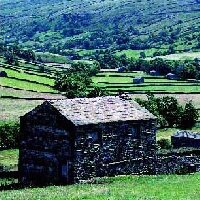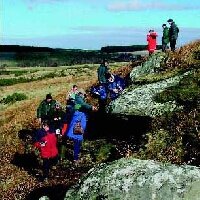Thematic Research


Managing the historic environment involves understanding the resources that we are dealing with. How rare are they; what constitute their defining characteristics; what archaeological information might they contain; how significant are they? This last question is particularly challenging as it’s not always obvious who the constituents are. Significant to whom? Who cares, and why?
Often the answer to these questions requires an understanding of a particular sector of the resource, from Neolithic long barrows to Cold War command centres. Specialists may have undertaken some of this work already, while in other cases sources may exist that will provide answers to urgent enquiries. Original research may be needed, alternatively a gathering of information from a diversity of published and archive sources. As many of these questions relate to issues of national importance and national interest, it is often English Heritage that commission the work. High quality research results inform English Heritage policy decisions, advice and guidance to support the historic environment sector and help deliver government objectives.
Further reading includes:
- Research on military heritage - twentieth century military sites, military wall art and aircraft crash sites, which were previously poorly understood.
- The recently published Historic farm buildings: Constructing the evidence base report, which is the first national survey of the state of the historic farm building stock.
- English Heritage Research Strategy, Discovering the Past, Shaping the Future. This document establishes the first five-year corporate strategy for the use of research to provide the future knowledge base for the historic environment and its sustainable management.
What's New?
-
Britain was the world’s first industrial nation and has a wealth of industrial heritage but many industrial sites have been lost or are at risk due to functional redundancy. English Heritage's survey has shown that the percentage of listed industrial buildings at risk is three times greater than the national average for listed buildings at risk.
-
The value of a well managed, protected and appreciated historic environment to both our quality of life and to the economy is well established. Heritage tourism contributes £20.6 billion to GDP a year whilst research shows that 93% of people think that in improving their local place it is important to save heritage assets.
